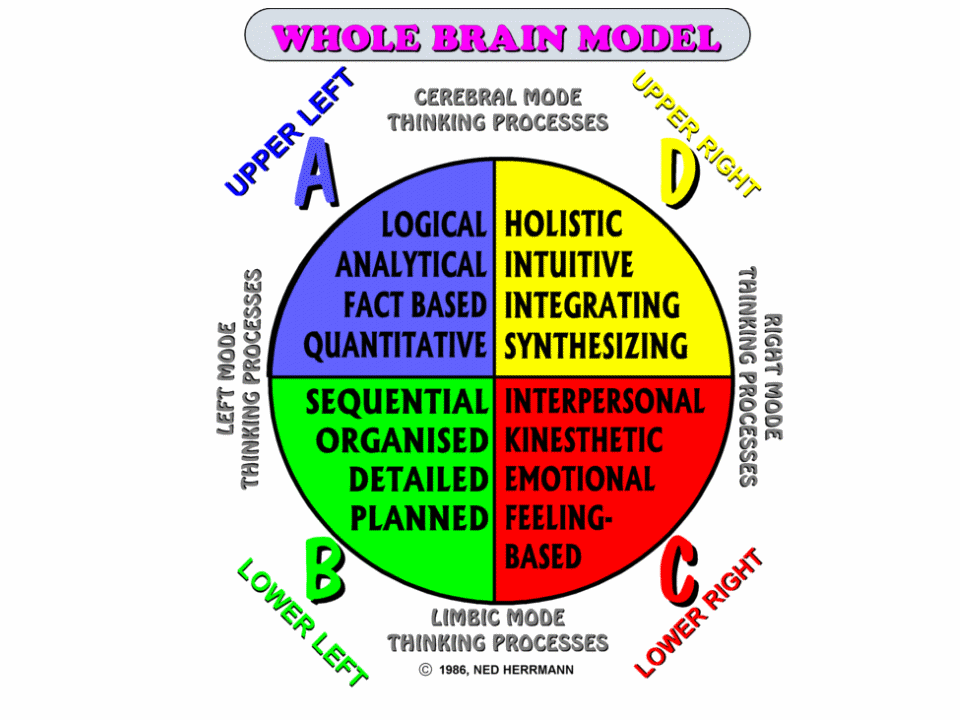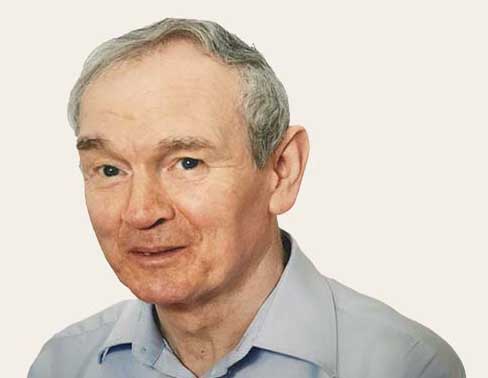to help themselves,
to release and realise more of their potential
Dennis Martin Consultants
Contact us and see how we can work together and create a path to the future that you, your people and your business deserve.
ROI & Success Criteria?
What's involved?
Do you really need to know how successful your investment in mentoring has been?
Will you feel 'out of control' if returns on investment (ROI) are not measured?
Would you like to know an 'easy way' of doing it?
Just before we get to the returns on investment techniques I describe below, I need to explain that Mentoring is a complex adaptive system.
Which means that it is unknowable and unpredictable what might emerge from the system until it happens.
This is, of course, quite different to a linear system (e.g. turn on or off the lights, or the tap to get some water) where it is knowable and predictable in advance what will happen or not.
Contrast that with a complex adaptive system such as football (soccer).
If, before the game is about to kick off, I asked you to predict what the 27th pass will be, could you do it? Could the players do it? NO, there are too many variables involved. Football (soccer) is a complex adaptive system.
In terms of ROI (returns on investment) then, there will be some aspects of mentoring that will be relatively straight forward such as cost savings from continuous improvement ideas; costs of mentoring meetings and / or training of mentors and mentee(s).
And, as it is a complex adaptive system, there will be other costs and benefits that are immeasurable in a practical sense but can be 'assessed' as a worthwhile return on investment or not.
For example, in our bespoke and different approach to mentoring, we advocate making it self-managing by the mentor and mentee(s).
This often releases some time and workload off their leaders and this often escalates up the hierarchy until the CEO and the business' potential is beneficially affected.
As a return on investment this is superb but how to measure its costs and benefits can be complex to say the least.
So, before I suggest an approach that we have used effectively, may I suggest that you accept some outcomes of mentoring may not be 'measurable' but capture them anyway as I describe below, they may be the gold dust of your mentoring investment - whether you can measure them or not.
At the risk of 'offending' your professional full-time accounting and cost control colleagues (if you have them), to measure your returns on investment (ROI) you only need to do two calculations (using the K.I.S.S. principle):
1. how much have we invested, what has it cost / is it costing us? (investment)
2. by how much have we benefitted, what has it contributed? (returns).
This can be measured or assessed in 'real time' using two non-financial models:
* the S.S.C. model and
* the whole brain model shown below.
S.S.C. means: what have we Started doing as a result of mentoring that we didn't do before? (costs, investment)
What have we Stopped doing that we used to do? (returns, savings)
What have we Changed? (could be costs / investments; savings / returns or both).
In all 3 cases, there will be consequences of starting, stopping and changing things and these need to be logged too as they may incur extra costs (investments) or contribute reduced costs and / or increased profits (returns).

You will be able to do this largely by 'delegation' with two key resources:
1. your existing financial control squad and accountants and systems who will be able and willing (?) to suggest any changes in the system that may be required
2. the Mentor and mentee(s) (and their immediate leader(s)) who will be able to keep a simple log of changes that their mentoring process has created (good and bad).
Every change that occurs as a consequence of mentoring is either a cost (investment) or a benefit (returns) and a regular conversation between the above two and you will facilitate a running total cumulative ROI at any time one is needed.
The consequence of everything we start doing, stop doing and / or change will go into the ROI returns on investment log whether we can measure it or not because, for example, 6 months later it becomes clear that mentoring has helped morale to improve as indicated by, say, absenteeism or labour turnover reductions.
And that's where the whole brain model shown above will be used, as a reminder or stimulator of what could be changed or a creator of new ideas, experiences etc.
The mentor and mentee(s) may use some mentoring time (as, hopefully, they will be self-managing the mentoring process) to 'take a walk around the four quadrants' of the whole brain model asking the questions, 'what could we start doing?, stop doing, or do differently (change) to help the mentee(s) release and realise more of their potential?'.
From the left brain mode of the model (that's quadrants blue A and green B) it's likely that measurable items such as continuous improvement ideas will emerge from the mentoring process.
Often this can result in cost savings or profit improvements greater than the investment, in effect making mentoring self-financing.
Anything that will enhance high performance metrics, control or reduce costs, improve planning and organisation and safety, for example, would be logged and short-term measurable benefits recorded.
Our experience has taught us to monitor such changes for greater long-tern returns as well, such as increased staff retention, lower absenteeism, increased productivity as department 'silos' are replaced by cross-functional self-managed teams.
That's where the returns on investment log becomes very valuable as a record of changes and consequences that have occurred as a result of mentoring.
From the right brain mode (that's quadrants red C and yellow D) less easily measured changes may emerge or be stimulated by the mentor and mentees who may log improvements in communications, teamworking, synergy, motivation and other social skills that are the 'heart' of the business.
Be consistent with your approach though: log what has been started or stopped or changed as a result of mentoring accepting that not everything may be 'measurable' but everything has consequences and as these emerge over time they may represent the most important returns on investment if they result in greater creativity, high performance, alignment of business and personal goals, innovation and growth of people and business..
Talk with your friendly accountant about the easiest and least time consuming way of capturing and recording the investments (costs) and returns (benefits) data so that it is readily available for use to review mentoring performance and for decision making.
There may be some simple technology-based formats that would be very helpful to the mentor and mentee(s).
The above suggestions may have raised questions in your mind or comments or feedback you would like to share. I will be delighted to hear from you and listen and learn from your views.
Use the zero cost, zero obligation Contact Help Form for Dennis below so that we may have a two-way conversation. I will get back to you quickly.
THANK YOU for visiting my website, your time is a vital support for our future and we respect and value that highly.
I hope you have enjoyed this page and found it as interesting and worthwhile reading it as I did writing it.
Kind regards,
Dennis
